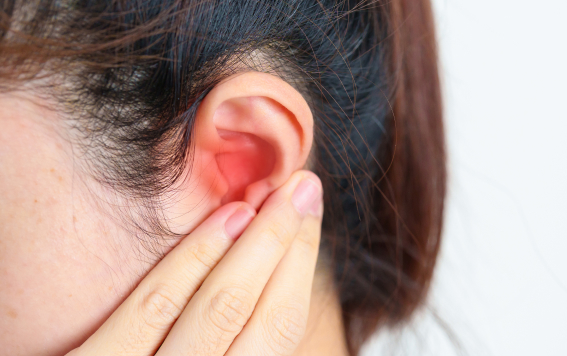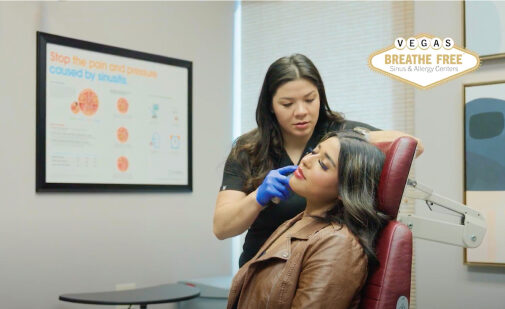What is Chronic Eustachian Tube Dysfunction?
Eustachian Tube Dysfunction (ETD) occurs when the Eustachian tube, which connects the middle ear to the back of the nose and upper throat, fails to open and close properly. This tube helps regulate air pressure in the middle ear, drains fluid, and keeps the ear free from infections. When it doesn’t function correctly, it can lead to a variety of symptoms and complications.
Symptoms of ETD include
- Ear pain or discomfort
- A feeling of fullness or pressure in the ears
- Muffled hearing or hearing loss
- Tinnitus (ringing in the ears)
- Dizziness or balance problems
- Clicking or popping sounds in the ears

Causes of ETD
Allergies
Upper respiratory infections (like the common cold)
Sinus infections
Nasal polyps
Changes in altitude (e.g., during flights, driving in mountains)
Smoking
Enlarged adenoids
Nasal polyps
Diagnosis and Treatment
Diagnosis typically involves a physical examination, hearing tests, and sometimes imaging studies. Treatment depends on the underlying cause and severity of the dysfunction and may include:
- Decongestants or antihistamines for allergies or colds
- Nasal steroids
- Auto inflation techniques (e.g., yawning, swallowing, chewing gum)
- Myringotomy (a surgical procedure to insert a small tube in the eardrum to drain fluid)
- Treatment of any underlying conditions contributing to the dysfunction

In most cases, ETD can be managed effectively with medical treatment and self-care measures. If you suffer from Chronic Eustachian Tube Dysfunction, you may find relief from Eustachian Tube Balloon Dilation.
